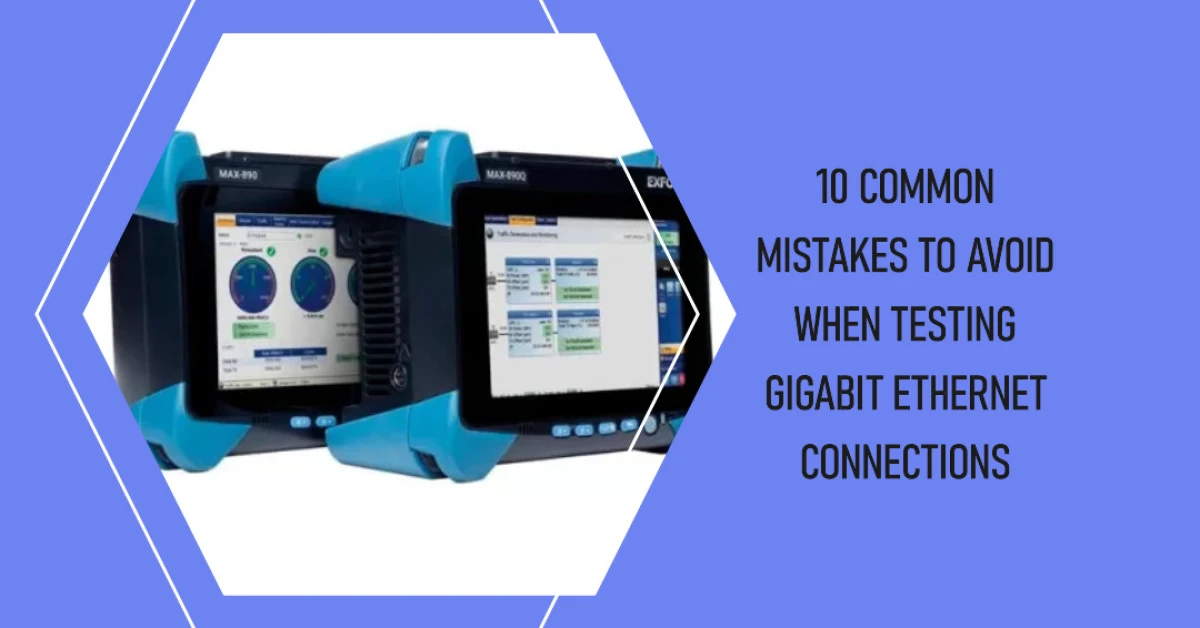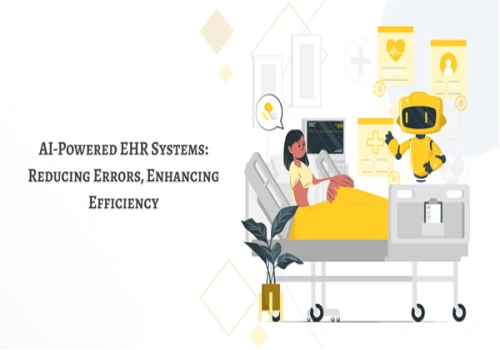
Testing Gigabit Ethernet connections is important for a fast and reliable network. However, many people make mistakes during testing.
These mistakes by a NTP Server supplier can lead to poor performance and connectivity issues.
Ignoring Cable Quality
You should always use good-quality cables. The minimum standard is Category 5e (Cat 5e). However, it's better to use Category 6 (Cat 6) or Category 6a (Cat 6a) cables for best results. Cheap or old cables can slow down your connection.
They may not handle high speeds well. Check the cables for any damage or wear. Always replace them if needed. Good cables help your network run fast and smoothly, preventing issues in the future.
Not Testing Under Load
Real networks have many users and devices. You should test while using the network as normal. This simulates real conditions. It shows how the connection performs under stress. Doing this helps find problems that may not show up in quiet times.
Use big file transfers or streaming to create load. This way, you can see if the network handles traffic well. Always test in both busy and quiet times for better results. This gives a complete picture of your network's performance.
Neglecting Network Equipment
This includes switches, routers, and network cards (NICs). Using older equipment can slow down your connection. Make sure every device is capable of Gigabit speeds. If any device is not, it can cause a bottleneck. This means data will move slowly.
It’s important to have a full Gigabit setup for best performance. Always check the specifications of each device. Upgrading old equipment can improve your network. Ensure that everything works together for faster and more reliable connections.
Inadequate Testing Tools
Cheap or low-quality GbE Testers can give wrong results. You need reliable Ethernet testers that support Gigabit speeds. These testers measure how well the connection works. They can check for problems like speed, errors, or cable issues.
It’s best to use professional tools for accurate results. Avoid using tools that can’t handle high speeds. Good testers help you find and fix issues quickly. Investing in quality testing equipment will save time and effort in the long run. Always choose the right tool for the job.
Not Testing All Pairs
Each pair helps carry data. It’s important to test all pairs when checking the cable. Failing to do this can miss problems. Issues like crosstalk or bad connections can happen in specific pairs. If one pair is faulty, it can slow down the entire connection.
Always use a tester that checks each pair separately. This way, you can find hidden issues. Testing all pairs ensures a strong and reliable connection. Don’t skip this step to keep your network running smoothly.
Skipping Link Negotiation Checks
It is important to check this between your devices. If one device is set for a slower speed, it can cause problems. Always make sure both devices support Gigabit speeds. Sometimes, devices might not auto-negotiate correctly.
This can lead to a connection that is slower than expected. Check the settings on each device. You may need to adjust them to match. Proper link negotiation helps the devices work well together.
Overlooking Environmental Factors
Things like electromagnetic interference (EMI) can cause problems. EMI comes from devices like microwaves or motors. This interference can slow down your Ethernet connection. Make sure to keep your testing area clean and free from noise. Test cables should be away from other electronic devices.
Check that all connections are secure. Avoid long cable runs that can pick up noise. A quiet testing environment helps give clear results.
Failing to Update Firmware
Firmware controls how your network devices work. Outdated firmware can cause problems and slow performance. Always check for updates for your routers, switches, and network cards. New updates can fix bugs and improve speed. It’s easy to forget this step, but it’s crucial for a good network.
Set reminders to check for updates regularly. Some devices can update automatically. Keeping firmware current ensures better compatibility between devices.
Not Documenting Results
It helps you keep track of your network's performance. Write down the speed, errors, and any problems you find. This information is useful for future reference. If you have issues later, you can compare past results. Documentation helps you see trends over time.
It also aids in troubleshooting. If you need to show others, you have proof of your tests. Always keep records organized and easy to find. Good documentation helps you understand your network better and make informed decisions.
Ignoring Physical Layer Issues
This includes damaged ports, connectors, and cables. If you only check software settings, you might miss these problems. Always inspect the physical connections carefully. Look for signs of wear or damage. Make sure all cables are plugged in tightly.
Check for dust or dirt in the ports. These small issues can lead to big problems. Regular inspections help catch issues early. Fixing physical layer problems can improve network performance.






